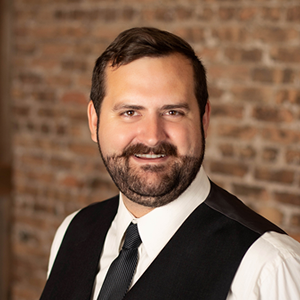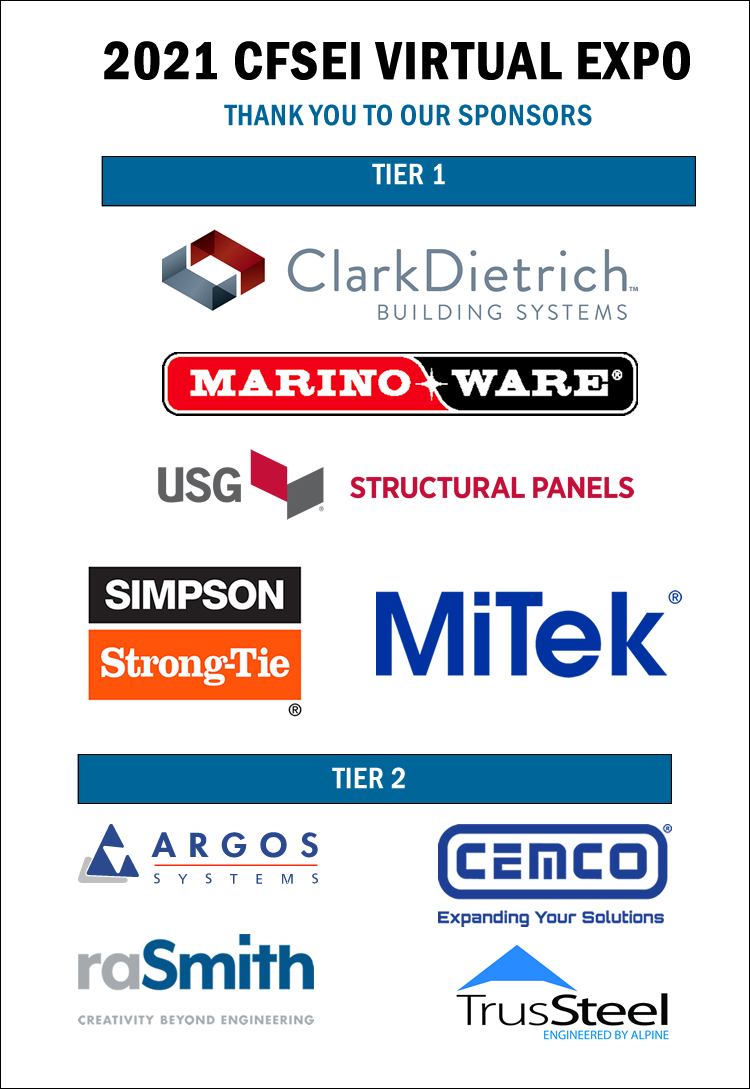
ANCHORAGE TO POST-TENSIONED CONCRETECONTINUING EDUCATION: 1 PDH OUTLINE Precast, pre-stressed, tilt-up, cast-in-place and post-tensioned concrete are commonly used in construction. It is inevitable that the cold-formed steel (CFS) designer will sooner or later have to find a way to attach cold-formed steel framing to them. The designer must have a basic understanding of common precast concrete components and why connecting to them can be such a challenge. This presentation deals with aspects of anchoring CFS components to post-tensioned slabs. The narrative will be from the standpoint of the CFS designer. The issues to be discussed include:
Attendees should come away from this presentation with an enhanced understanding of the challenges behind this kind of framing, as well as the means and methods for overcoming these challenges. Specific examples will be discussed. ABOUT THE PRESENTERDerek Putz, P.E.
Derek Putz, P.E. is a structural engineer with a wide range of experience in the field of engineering, including drafting and design, sales and marketing, process development, project management, and structural design and analysis. His primary specialty is in the design and analysis of cold-formed steel. He is an award-winning structural specialty engineer. Derek has designed building exteriors and interiors, load-bearing and non-structural, and is equally at home designing for heavy wind loads as he is for high-seismic areas. He is a regular technical contributor for the Cold-Formed Steel Engineers Institute (CFSEI) and Steel Framing Industry Association (SFIA). He has published two CFSEI Technical Notes covering the anchorage of CFS components to post-tensioned and precast concrete slabs and the design and analysis of load-bearing CFS stud walls. His experience also includes the structural analysis of wastewater treatment equipment and its anchorage, wood-framed buildings, analysis of factory equipment support, and formwork design for large concrete overpass projects. He is also well-versed in a variety of design and analysis methods, including FEA analysis and the latest engineering software (including RISA, Inventor, SAP and Revit).
|



